Sigma BF Review: Riding The Knife’s Edge of ‘Too Simple’
One of the most fundamental lessons taught in any art form is to strip away the excess; to streamline and distill down to its essence, only the most essential parts. We see this in many art forms such as sculpture, writing, and even photography, and now we have it in a camera. But is it possible to go too far? To make something so simple that it only appeals to a select few?
There is a fine line involved and for better or for worse, I think Sigma may have crossed it.
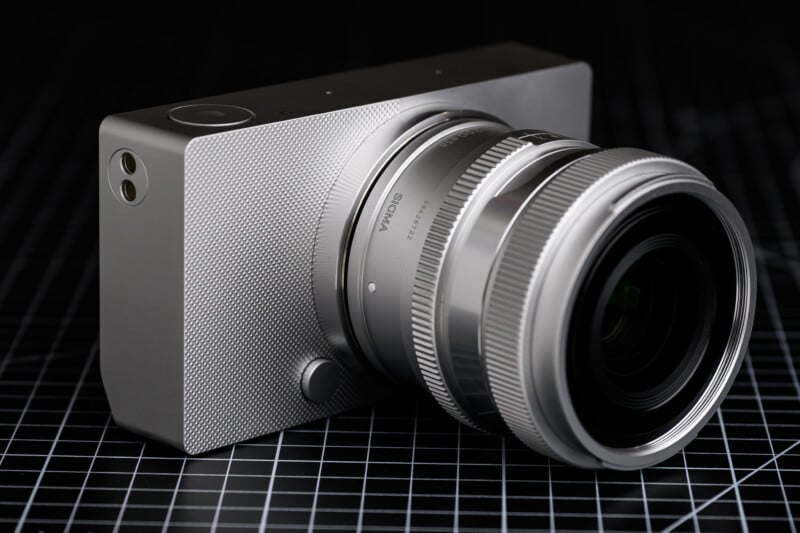


The Sigma BF has a name that doesn’t exactly roll off the tongue but it has an interesting origin story. The “BF” stands for “beautiful foolishness,” which is a line from a poem in a Japanese treatise called The Book of Tea. It is a statement essentially about letting go of the worries of life and relishing instead in the modest pleasures of simply being. I will say that to really understand this camera you have to appreciate this mindset.
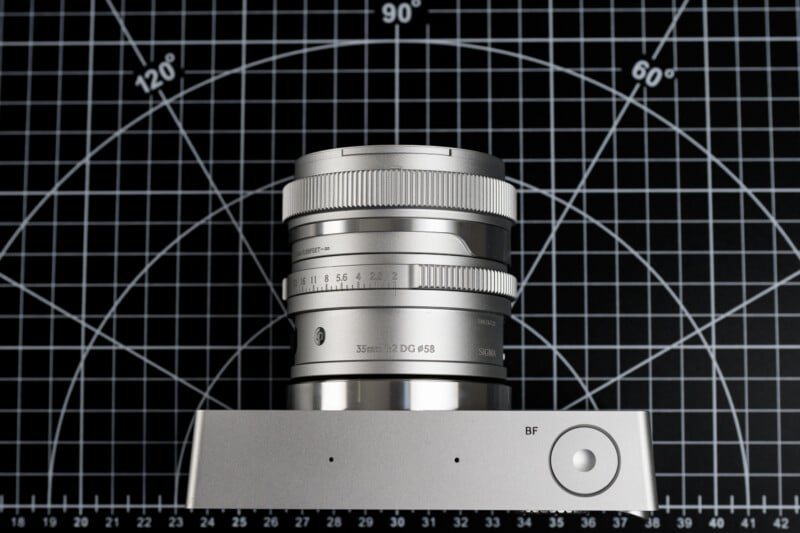


Sigma BF Review: How it Feels
Easily the most striking feature of the Sigma BF is its stark and gorgeous aluminum body. The trapezoidal shape can cut you just as easily as it can impress you. Despite the radical design and simple grip structure, the Sigma BF is surprisingly comfortable to hold. I found the textured pattern on the grip-half of the body to not only look striking but provide secure purchase upon the camera as well.
Everything about this camera looks expensive but the $2,000 price is quite reasonable.
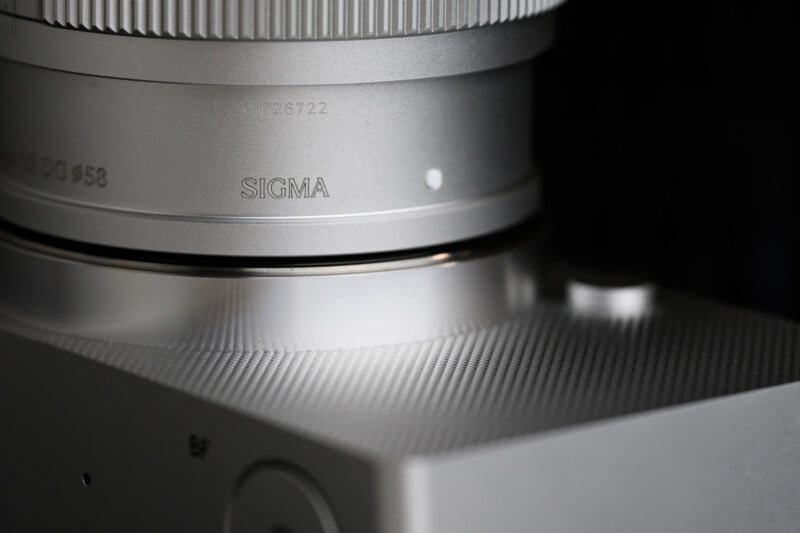


I had access to the brushed aluminum version of the camera which certainly draws the eye with its silver finish, especially when mated with the new Sigma Contemporary primes that are also being released in the same finish. I have to admit though, counter to my normal preference for a brighter-looking camera, I found the black version of the BF to be classier and a little mysterious — in a good way. I also feel that it will naturally match with the more commonly available black finishes found on the majority of L-mount lenses.
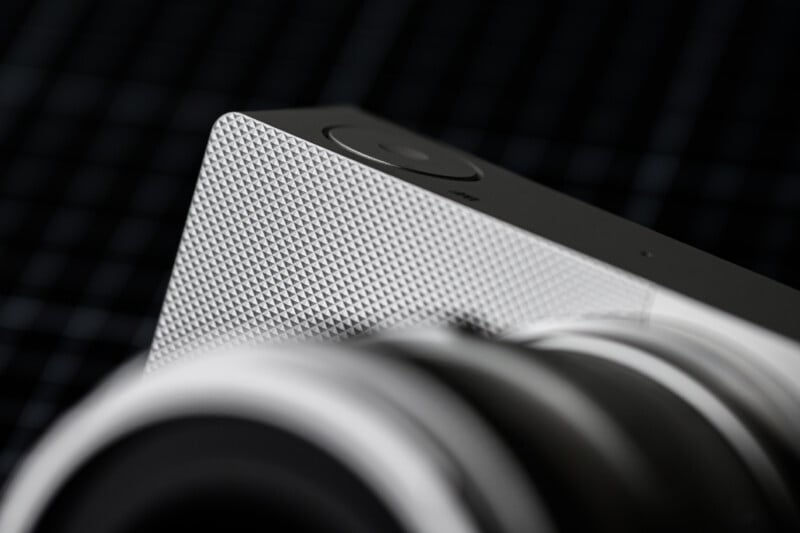

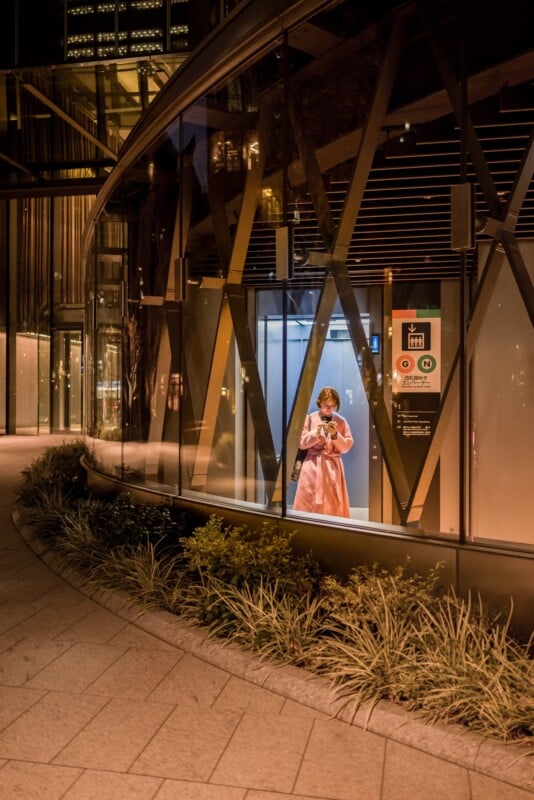
There are two rounded corners that make the camera comfortable to hold in your support hand and the machined thumb grip is both classy and functional simultaneously. The camera only weighs 13.68 ounces (388 grams) which is easy to field, but the all-metal “I” series lenses that match the BF so perfectly tend to be on the heavy side.



Unfortunately, the first major sacrifice to achieve such as svelte body design is the omission of an electronic viewfinder (EVF). For me, this is a major downside although I recognize that not every user values a viewfinder as much as I do. However, if you are going to remove the EVF, the back panel better be awesome. At first glance, the 2.1-million dot LCD is sharp and clear but in the interest of simplicity, it lacks any sort of articulation. This problem is further compounded by a relatively narrow viewing angle which causes the screen to go quite dark when looking at it from any angle other than straight on. I also found that in bright viewing conditions, the screen is hard to compose with even when the monitor brightness is cranked to maximum and the additional “outdoor” setting enabled.
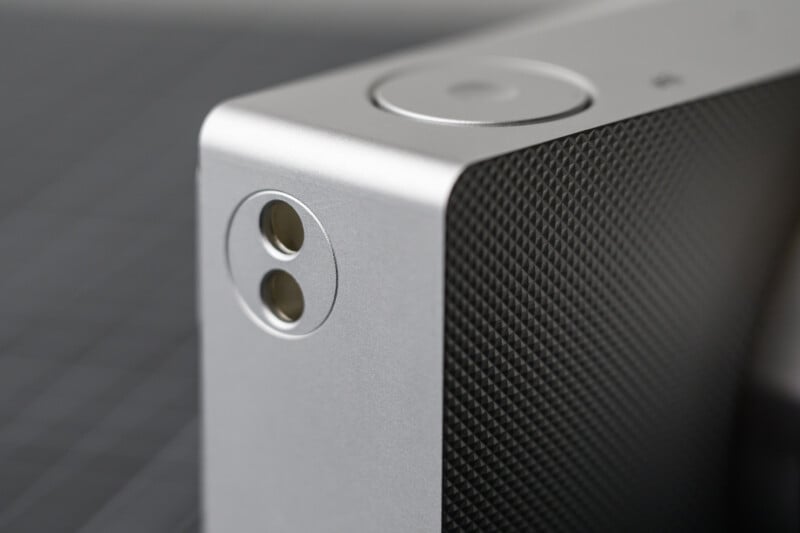


This extra — and very necessary — brightness also takes a toll on the battery life of the Sigma BF which is fairly middling overall. The BF uses a novel battery design that we haven’t seen before in a camera and the CIPA rating is for roughly 280 shots. I found myself pushing the battery life to empty with a full but casual day of shooting; a spare battery would be well advised.
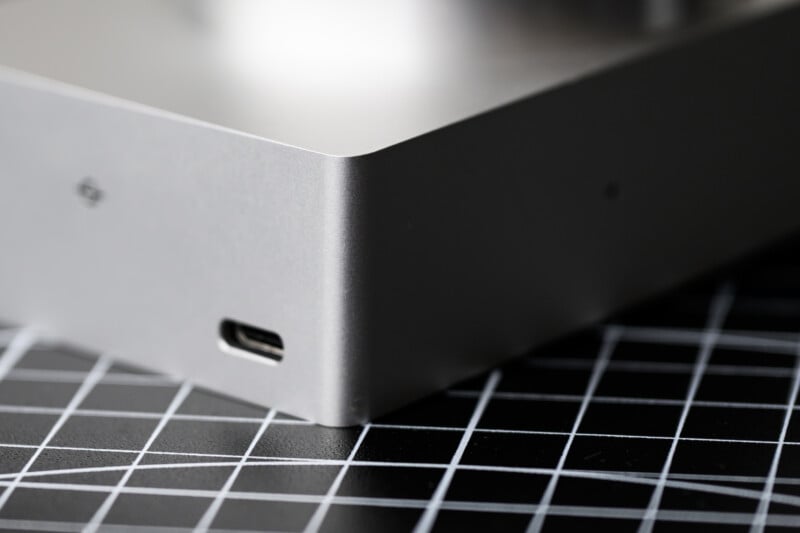
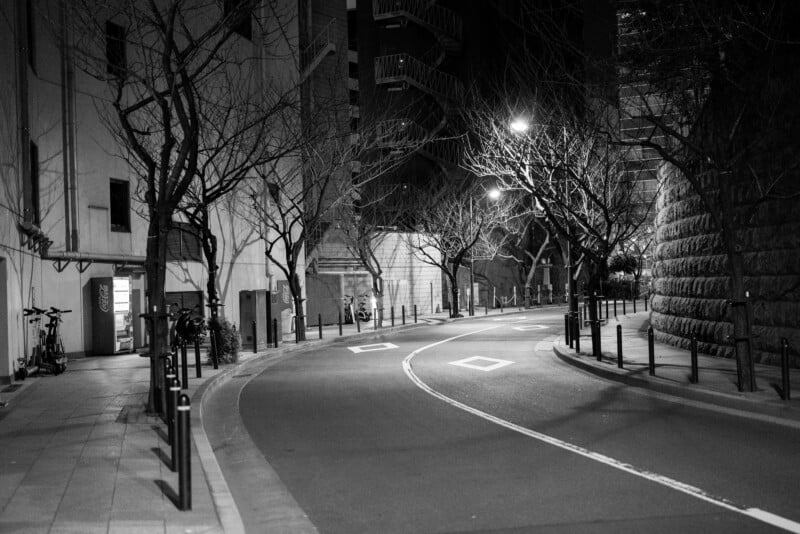

The shutter button feels very nice to use and has a perfectly set half-press functionality to it. The playback button, power button, and menu buttons all feel excellent too thanks to well-implemented haptic feedback. Most of the buttons lock in place when the camera is off preventing any unnecessary wear and tear, but the power button, shutter button, and the spinning aspect of the dial never lock.
The BF is “radically simple” and along those lines, there is no additional command dial and the interface involves a rather clunky method of toggling through the multitude of exposure and control settings without any way to use the touch screen as an aid.
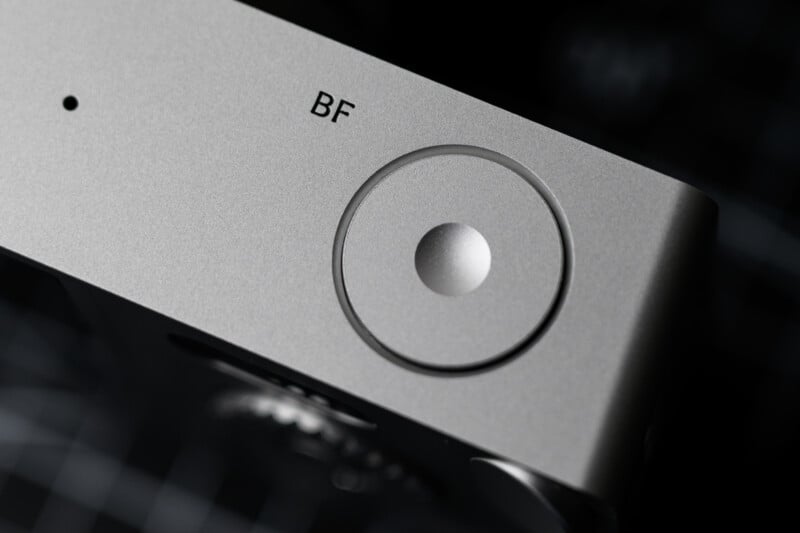
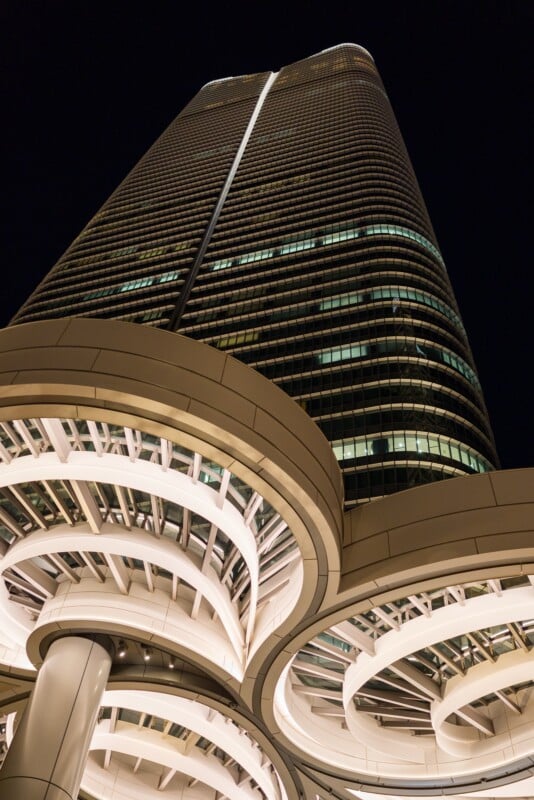
In fact, the touch interface is only really used to move the AF point around, navigate photos in playback, or toggle additional control buttons for rarely-used settings. Why we can’t simply use the touch screen to select basic exposure controls is, I think, a miss. I found myself occasionally lifting the BF to my eye hoping for an EVF or found myself stabbing at the screen in a futile attempt to quickly adjust something, and I suspect many of you will do this, too.
On the back of the camera above the control dial is a small black LCD which showcases your current editable control. Whatever is listed in this box is the singular function that will be altered by rotating the single command dial.
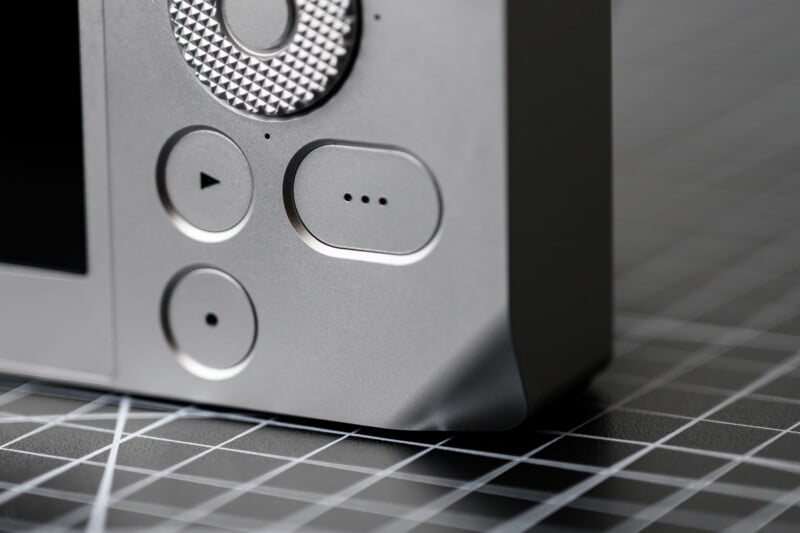

The BF is only made to operate in one way and if you don’t like it you’re going to be disappointed. To be fair, I didn’t mind the control structure when photographing slowly and deliberately during my trip. It was when I needed a quick response that I found the camera to be cumbersome. Partly, this is because the BF only has that aforementioned single dial to alter settings and the bare minimum of buttons required to operate it. Mostly though, it is due to the constant scrolling required to select an option to change and then rotating the dial to make that adjustment.
I will also say that anything you can do to avoid scrolling through the menu controls, such as using a lens with an aperture ring and also engaging the auto ISO feature, is worth doing. I feel like Sigma could have included another command dial or even an additional custom button to hold and press while turning the dial to manipulate something else quickly. I was often tempted to just set everything to auto and use the camera as a point-and-shoot.


What else is missing? The Sigma BF has no in-body image stabilization (IBIS) and since it is somewhat challenging to find L-mount lenses with image stabilization that are appropriate for this camera, it’s a feature I find myself really wanting.
There is no mechanical or electronic front curtain-based shutter which leads to rolling shutter issues, banding when shooting artificial lights, and limits the image quality to 12-bit RAW files. The electronic shutter does at least help when hand-holding the camera because it prevents any shutter shock.
A nice touch: I do like that Sigma put a protective layer of glass in lieu of where the shutter would be. This means the sensor itself is not exposed and the placement of the glass means even if you get dust on this pane of glass, spots won’t appear on your images.


There is no hot shoe (or cold shoe for that matter), no mic or headphone jack, and only one strap lug on the grip side of the camera. I don’t mind this last aspect because I am a wrist strap kind of guy, but neck strap users may find this lack of dual attachment points frustrating. I get that Sigma wants to design a camera in a way that no one else would dare, but maybe there are reasons why no one else has dared.


The most obvious port missing from the Sigma BF is any memory card slot. The BF only has a built-in SSD for storage, with access strictly limited via a USB-C port. This is a fast USB-C 3.2 connection and does transfer files quickly, which is nice. That single input can also double as the charging port and as an accessory mic port, too. While I can live that dongle life, the skeptic in me finds the lack of a memory card port to be unsettling, but the 230GB storage is good for about 4,300 RAW files and barring any sort of hardware failures, should be convenient and usable.
The lack of WiFi or Bluetooth support is odd given the integration modern users desire with smartphones.
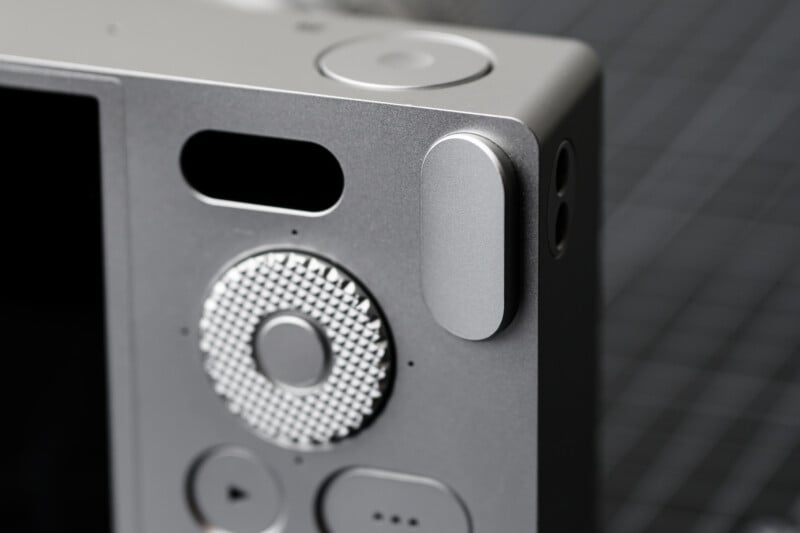

Although the bottom plate of the camera has a standard tripod screw, the space is limited, and pretty much any tripod plate will need to be removed before the battery can be changed. Additionally, most standard Arca Swiss-style plates will also protrude uncomfortably beyond the dimensions of the body. If you are looking for any other ports or features on the bottom plate, you won’t find them.
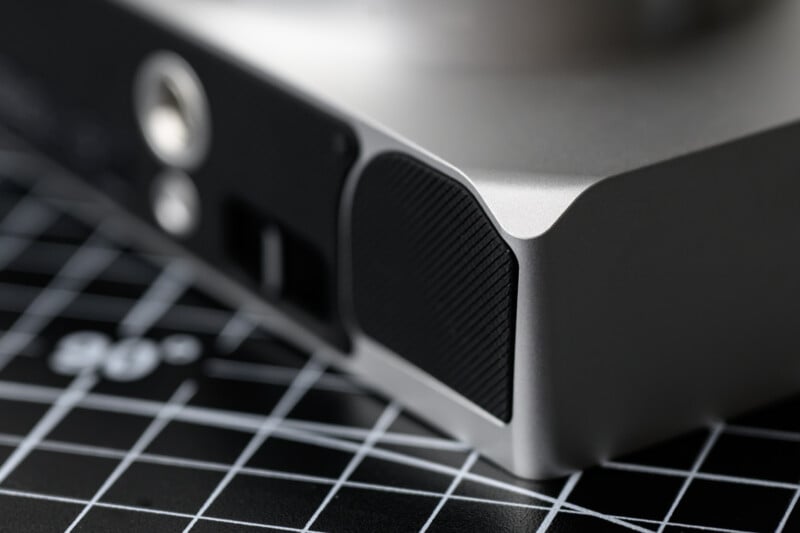
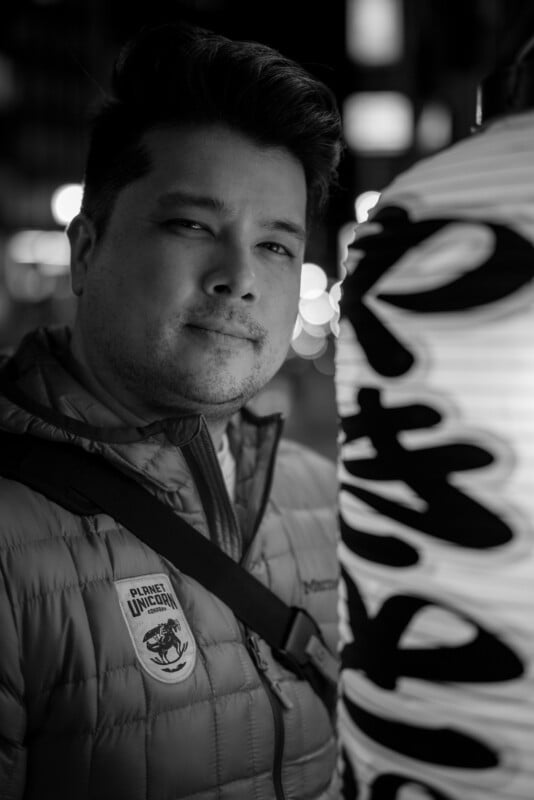
Sigma BF Review: How it Shoots
Wandering the streets of Tokyo, I have to admit that the Sigma BF is an eye-catching statement to brandish on your shoulder. I got plenty of second looks and pointed fingers due to the one-of-a-kind beauty of the BF camera. I also fully accept that this is a big part of the BF’s appeal. But in some regards, the BF is not just a pretty face.
Check out the Sigma BF RAW + JPEG Sample Gallery
It can shoot up to eight frames per second with full autofocus capability and it can use that autofocus way better than I ever expected. The interface is simple of course, with an option for either wide-area focus or a single point. The BF also has eye and face detect autofocus as well as an unexpectedly excellent ability to track most inanimate objects. The performance reminds me of the intuitive real-time tracking features that Sony utilizes: it’s very good. As a street and portrait camera, the Sigma BF will capture my subjects in focus wherever they are in the frame.


The BF certainly takes beautiful photos. I love the ease of use that DNG RAW files provide and the color modes are pleasing to the eye. I like the choices that Sigma has curated for photographers when it comes to using the color profiles and I like that they consistently look good while also being relatively few in number. All the profiles can be customized further allowing you to build your own looks from very distinct starting points.

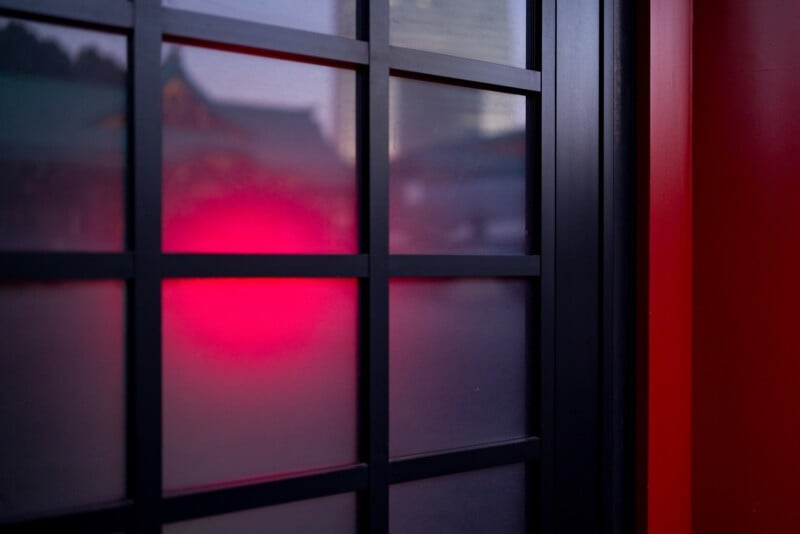
The BF adds a brand new Calm mode and Rich mode which give images either a muted and low-contrast look or a vibrant and dramatic feel. I particularly liked the Warm Gold option but I found utility with almost all of the choices. The monochromatic mode is also gorgeous and can be toned with various color casts and you can apply digital versions of classic color filters to affect the tones in the images.

Whether there is a future option to add more color profiles or customize which ones show up in the menu remains to be seen. However, even with Sigma’s excellent optics involved, the image quality is a ubiquitous experience because we get a very similar sensor in so many other cameras on the market. Don’t get me wrong, I really like the image quality out of this camera but the results are not the unique selling feature that Sigma’s previous Foveon-based cameras enjoyed in their time.

Where the BF really shines is when it is dangling from the wrist as you wander around the great cities of the world. When you consider the full-frame sensor and the relatively light and compact nature of the body, the BF makes sense as a jet-setting travel camera and urban companion. Despite Sigma marketing the BF as a more simplistic way of shooting to lure in beginner photographers I think it makes far more sense as a prestigious fashion accessory that also happens to take high-quality photos.

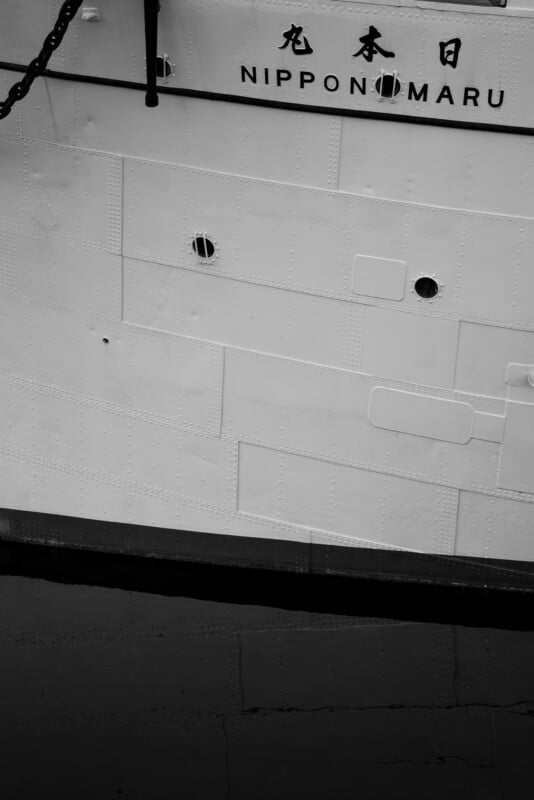
Kazuto Yamaki, the CEO of Sigma, is one of the best dressed and classiest executives you will ever find and he is also an ardent photographer. I feel like this camera was made specifically for him as a creative tool that can be taken anywhere and that compliments a bespoke suit the way that only the most prestigious cameras would. Considering that the price of the BF is not over-inflated given its obviously expensive engineering requirements, I think Sigma has made a product that oozes style and has enough photographic substance to capture interesting images with some creative input. Make no mistake though, the Sigma BF is quite limited in its scope and it forces you to use it in a very specific way which you may not necessarily feel comfortable with.

Sigma BF Review: It Is Also a Video Camera
As a video camera, the BF can be an excellent platform to capture nice-looking clips with its ability to shoot up to 6K record modes. You can choose between h.264 and h.265 compression modes and the Sigma offers Leica L-log for those that want to grade the footage further. Slow motion video is rather limited though as the BF lacks any 4K 60p record mode and instead, you must be okay with 1080p video up to 120 frames per second. Rolling shutter is an issue given the lack of a stacked sensor and the image stabilization in video mode is digital only so it applies a heavy crop.
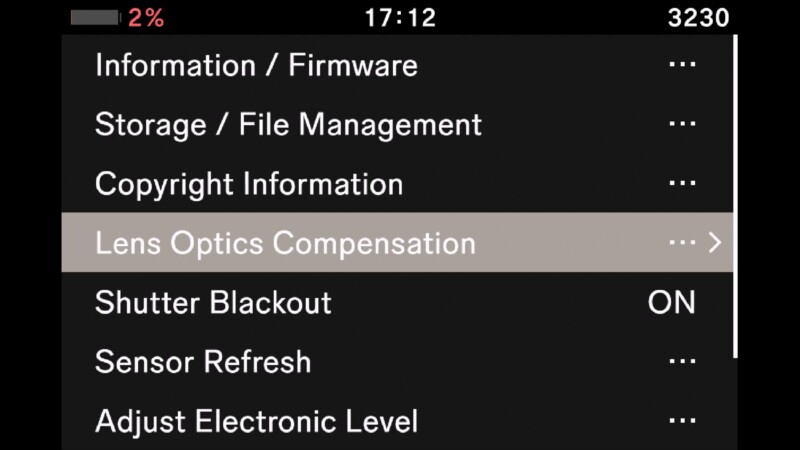

Although the USB-C port can double as a mic jack there is no way to mount any accessories and it is obvious that the BF is not designed to be a serious video camera. Curiously though, the BF features quite advanced video tools belying its otherwise basic specs. It has false color and advanced peaking controls for manual focus alongside an interval shooting mode for timelapses. Given the lack of an articulating screen and mounting points, I don’t expect anyone to use the BF as a video camera beyond capturing the occasional pretty clip.
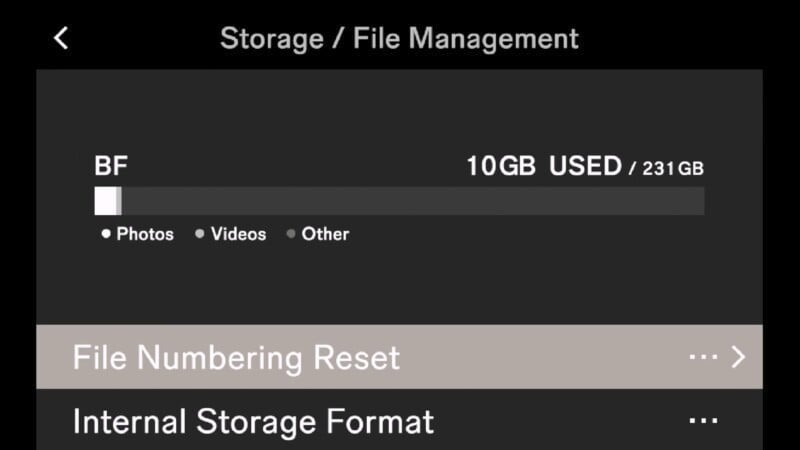

Sigma BF Review: Beautiful Foolishness
In the end, the Sigma BF is an exercise in extreme minimalism. This is a similar approach to the mindset that Leica designs its cameras with. By simplifying the photographic tool there is as little left as possible between the photographer and the image. I often find this experience challenging and ultimately, quite fun. However, most of this review has involved what this camera doesn’t have. There were a lot of statements about how such-and-such feature is missing, or you don’t get “X” option either. And I understand that this is exactly the intention of the design but it doesn’t change the fact that you miss out on a lot with the BF.

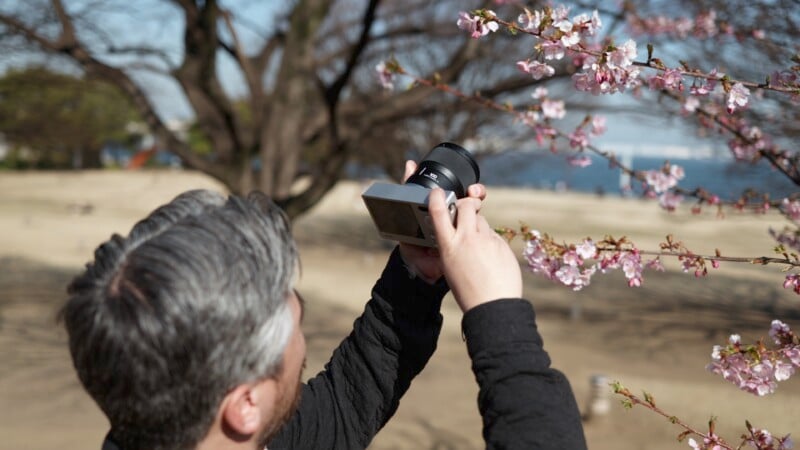
If there is a company that starts with a concept and doggedly sticks to it until all that is left is a camera, then it is Sigma. As a company, Sigma loves to make unique camera designs that eschew the commonly held rules that so many other manufacturers stick to. You have to respect the boldness it takes to do this but in my opinion, that doesn’t always make for a great camera. I have often criticized Sigma cameras for being incredibly bold at the expense of basic usability and it looks like I’m right back to doing it again with the BF. Clicking photos here and there about town is absolutely fun but the moment I wanted to take control and do something more manually, the fun factor waned. Perhaps a bit of zen is required to simply let the shooting experience of the BF wash over you until all that remains is you and the image.


Look, I’m fine with a simple camera, and I did get some photos that I will treasure, but I didn’t feel the joyful experience that I had hoped for. The BF camera is designed to change the way you think about photography and to take photos with less concern for the process and with more thought on the feeling. The BF also looks like a million bucks and will only cost you $2,000 but a camera needs to be more to me than a gorgeous accessory. I’m left with a conclusion to my time in Japan that harkens directly back to the very title of the Sigma BF: it is aptly named because it is a beautiful camera but it is also a bit of a foolish one.
Are There Alternatives?
The Panasonic S9 would be the closest competitor because it offers a similar size and weight, albeit in a far less refined body. However, the S9 will provide way more customization, a much better video experience, and identical image quality. It does quite a bit more for quite a bit less.
Should You Buy It?
Maybe. The curb appeal is definitely present but the limitations will only resonate with a very specific group of shooters. This camera is perhaps the perfect example of style over substance.